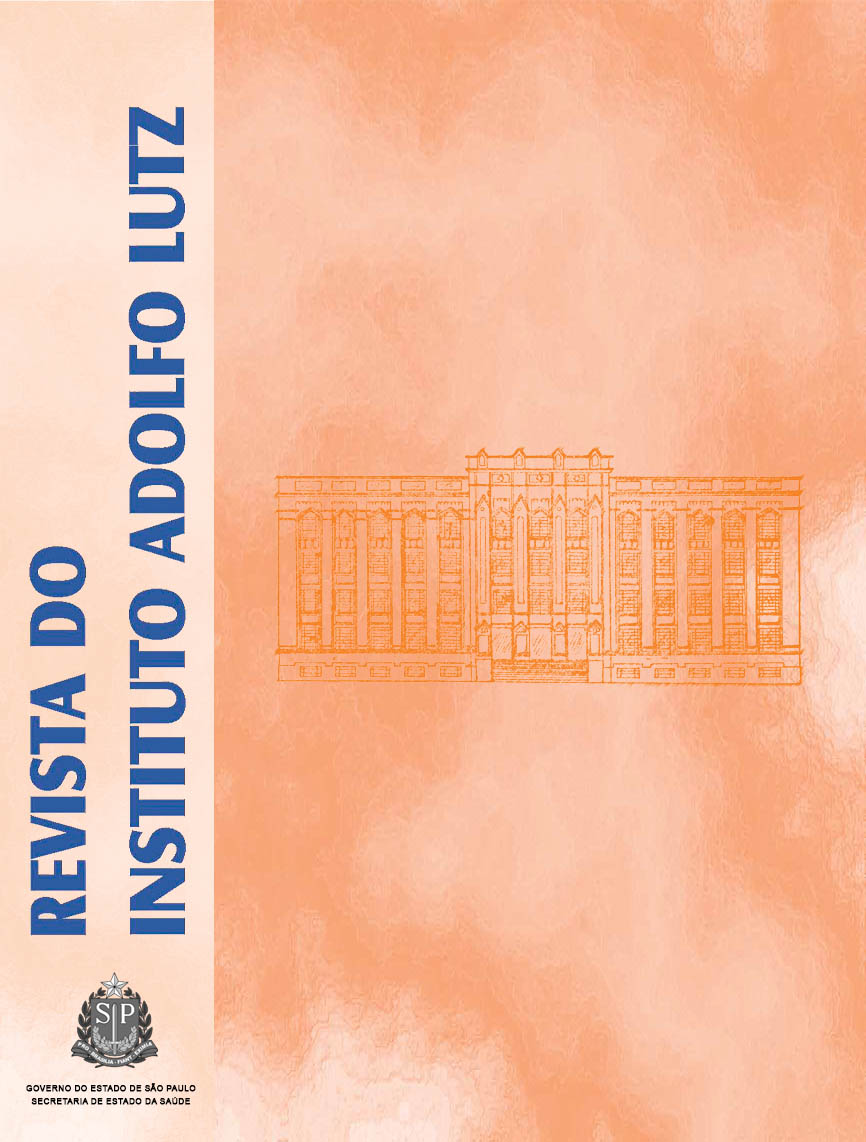Abstract
Three hundred samples of peanut and peanut products were collected from the state of São Paulo by Public Health Surveillance in 2000, 2002 and 2009. The occurrence of aflatoxins was analyzed in these samples, in conformity of the monitoring program regulation of the São Paulo State Health Department. Of 56 samples collected in 2000, 25 were contaminated with value above the legal limit for aflatoxin contents ranging from 18μg/kg to 1947 μg/kg. Of 73 and 171 samples collected in 2002 and 2009, seven and three samples were contaminated with levels above the established limit for aflatoxins, ranging from 4.4 μg/kg to 648 μg/kg, and 0.03 μg/kg to 71μg/kg, respectively. Decrease in the aflatoxin contamination levels were found, although its values were still high. This fact should be attributed to the government actions and a joint effort with the private sectors and peanut producers, in order to improve the quality of these products. Aflatoxins are recurrent, sometimes unavoidable contaminants of peanuts. For this reason, monitoring programs constitute an important tool for keeping the aflatoxin levels under the regulatory limits, for decreasing the human and animal health risk to this mycotoxin.References
1. Micotoxinas no Brasil e no mundo. [acesso em 16 de junho de 2010]. Disponível em: [http://www.mycotoxins.com.br/].
2. IARC - International Agency for Research on Cancer. Aflatoxins. IARC Monographs on the Evaluation of Carcinogenic Risks to Humans. 1993; 56:245-395.
3. Amaral LBS. Torta de amendoim e morte de suínos. Biológico. 1961; 27:63.
4. Brasil. Ministério da Saúde. Resolução RDC nº 34 de 1976 da CNNPA (Comissão Nacional de Normas e Padrões para Alimentos). Agência Nacional de Vigilância Sanitária (ANVISA). Resolve fixar para os alimentos, tolerância de 30 ppb (trinta partes por bilhão) para as Aflatoxinas, calculada pela soma dos conteúdos das aflatoxinas B1e G1. Diário Oficial [da] União, Brasília, DF. 19 de janeiro de 1977. Sec. I.
5. Brasil. Ministério da Saúde. Resolução RDC nº 274 de 15 de outubro de 2002. Agência Nacional de Vigilância Sanitária (ANVISA). Aprova o Regulamento Técnico sobre limites máximos de aflatoxinas no leite, amendoim e milho. Diário Oficial [da] União, Brasília, DF. 16 de outubro de 2002. Sec I.
6. MERCOSUL/GMC (Mercado Comum do Cone Sul/Grupo Mercado Comum). Resolução nº 25 de 2002. Regulamento Técnico Mercosul sobre limites máximos de aflatoxinas admissíveis no leite, amendoim e milho. [acesso em 16 de junho de 2010]. Disponível em: [http://www.anvisa.gov.br/legis/resol/mercosul/alimentos/25_02.pdf].
7. COMMISSION REGULATION (EU) nº 165/2010 amending Regulation (EC) nº 1881/2006 setting maximum levels for certain contaminants in foodstuffs as regards aflatoxins. Official Journal of the European Union, L 50/8, 27 of february 2010.
8.Fonseca H. Micotoxinas on-line. Prevenção e controle de micotoxinas em produtos agrícolas. Praticas usuais e novas dos produtores de amendoim. [acesso em 16 de junho de 2010]. Disponível em: [http://www.micotoxinas.com.br/Boletim7.htm].
9. Pró-amendoim. Selo de qualidade. Garantia de produto seguro. [acesso em 16 de junho de 2010]. Disponível em: [http://www.pro-amendoim.com.br/selo.php].
10.Unisite-Economia. Produtores de amendoim debatem necessidades da cadeia produtiva. [acesso em 16 de junho de 2010]. Disponível em: [http://www.unisite.com.br/Economia/25773/Produtores-de-amendoim-debatem-necessidade-da-cadeia-produtiva.xhtml].
11. Caldas ED, Silva SC, Oliveira JN. Aflatoxinas e ocratoxina A em alimentos e riscos para a saúde humana. Rev Saúde Pública. 2002; 36(3):319-23.
12.Batatinha MJM, Santos MM, Botura MB, Almeida GN, Domingues LF, Kowalski CH et al. Ocorrência de Aflatoxinas em amendoim e seus produtos comercializados no Estado da Bahia durante o ano de 2002. Rev Inst Adolfo Lutz. 2003; 62(3):183-7.
13.Rocha MD, Maia PP, Rodrigues MAC, Martins I. Incidência de aflatoxinas em amostras de amendoim e paçoca comercializadas na cidade de Alfenas-MG, Brasil. Rev Bras Toxicol. 2008; 21(1):15-9.
14. Soares LV, Rodrigues-Amaya DB. Survey of aflatoxins, ochratoxin A, zearalenone and sterigmatocystin in some Brazilian foods using a multi-toxin thin layer chromatographic method. J Assoc Off Anal Chem. 1989; 72(1):22-6.
15. Doll R, Peto R. The causes of cancer: quantitative estimates of avoidable risks of cancer in the United States today. J Natl Cancer Inst. 1981; 66:1191-308.

This work is licensed under a Creative Commons Attribution 4.0 International License.
Copyright (c) 2010 Instituto Adolfo Lutz Journal
